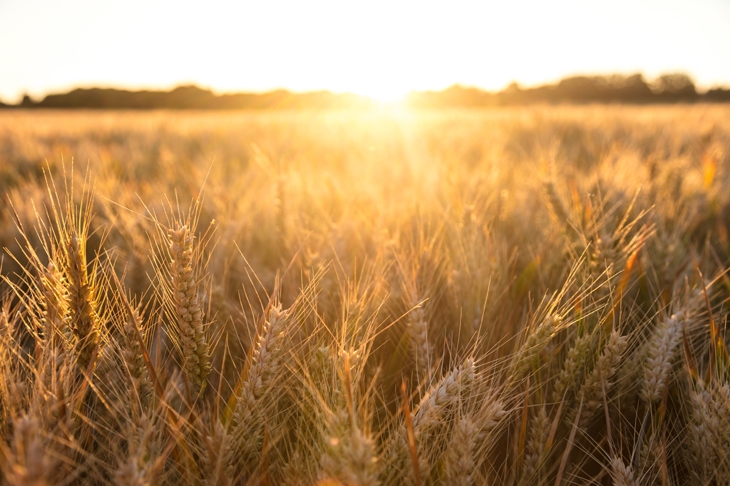All Among the Barley, Melissa Harrison’s third ‘nature novel’, centres on Wych Farm in the autumn of 1933, where the corn fields are ‘acres of gold like bullion, strewn with the sapphires of cornflowers and the garnets of corn poppies and watched over from on high by larks’. Our narrator, 14-year-old Edie, has finished school and her older brother Frank tells her: ‘Something will happen next, and you should choose it.’
In Edie’s provincial life, her choices are limited. Essentially, she can stay at home and help on the farm, marry like her older sister and ‘push out a baby a year’, or become a teacher — she is sufficiently clever, but finds children ‘exasperating’. As the novel progresses, two radical options present themselves.
The first comes in the form of Constance, who arrives from London to research country traditions for a series of magazine articles, and thinks nothing of wearing men’s clothes or going to the pub. Friendship blooms; might Edie escape to London with her? Not once Constance’s nostalgic appreciation of Englishmen ‘living in harmony with the land’ is revealed to be a veneer for fascism and anti-Semitism.
Then there is witchcraft. Edie is awed by her grandmother’s skill in preparing liniments, her ability to know her thoughts and by the rumours that her mother is a ‘true horsewoman’. Her brother jokes about witches, suggesting that Edie could be one too, and she starts to relish a newfound — and fatefully misplaced — sense of elation and power.
Harrison is adept at making several realities exist uncannily alongside one another. She conjures up nature, with its timeless rhythms and beauty, and invades it with the political, felt in the ‘army of men missing from the fields and farms’ and in Constance’s fascist ideas.








Comments
Join the debate for just £1 a month
Be part of the conversation with other Spectator readers by getting your first three months for £3.
UNLOCK ACCESS Just £1 a monthAlready a subscriber? Log in